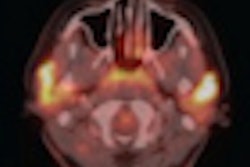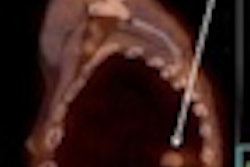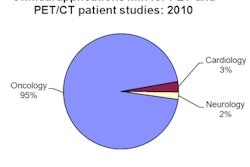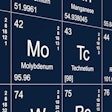Researchers at Massachusetts General Hospital (MGH) have developed a novel PET imaging probe that makes it possible to accurately diagnose a dangerous infection of the heart valves of mice, according to a study published online August 21 in Nature Medicine.
PET imaging revealed the bacteria Staphylococcus aureus in endocarditis in a mouse model using a radiolabeled version of the plasma protein prothrombin.
Co-lead study author Dr. Matthias Nahrendorf, PhD, from the MGH Center for Systems Biology, said the probe was able to detect the presence of S. aureus in abnormal growths, or vegetations, that hinder the normal function of heart valves. Prothrombin is part of a clotting process that enlarges the vegetations, anchors them to the heart valve, and conceals the bacteria from the immune system.
Endocarditis caused by S. aureus is the most dangerous, with a mortality rate of 25% to almost 50%, but diagnosis can be difficult because symptoms may be vague and blood tests may not detect the involved bacteria, according to a statement about the study.
Nahrendorf and colleagues believe the approach, using radiolabeled prothrombin with PET/CT, could be used in human patients after additional development and regulatory approval.




















